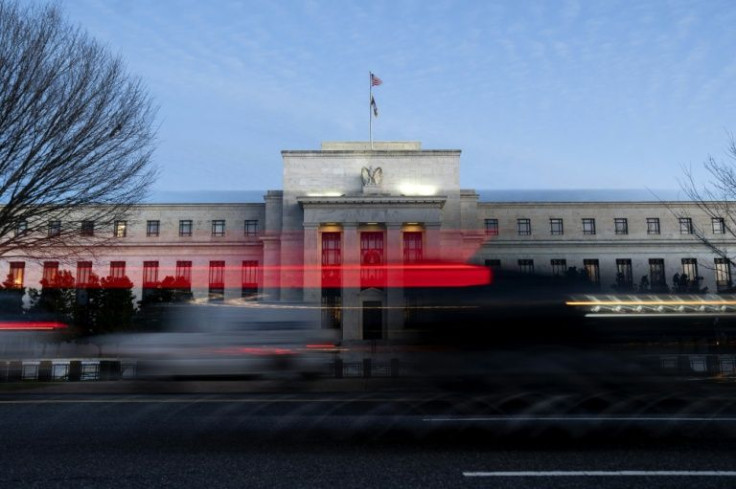Beige Book Flags Growing Pessimism As Tariffs And Labor Shortages Squeeze US Economy

The Federal Reserve's latest Beige Book, released Wednesday, revealed that while U.S. economic activity grew slightly in recent weeks, overall sentiment has turned more cautious. Businesses across multiple sectors reported concerns over persistent cost pressures and a tightening labor market.
According to Reuters, nearly all 12 Federal Reserve districts reported modest to moderate growth, yet the tone was decidedly more pessimistic compared to earlier in the year. Many firms indicated that tariffs and labor shortages are weighing on hiring and expansion plans.
Tariff Pressures Resurface
Businesses in manufacturing, construction, and retail noted a resurgence in input cost increases, driven largely by import tariffs. Companies in the Atlanta, Dallas, and Philadelphia districts reported having to pass higher costs on to customers. In some cases, firms said they were eating the cost increases to remain competitive, putting pressure on profit margins.
As explained by Investopedia, firms that rely on imported materials—such as metal parts and electronics—are facing the steepest price hikes. These cost burdens are expected to grow in the second half of the year as renewed tariffs on Chinese goods take effect.
Labor Shortages Worsen with Immigration Crackdown
A recurring theme across the report was the tight labor market, particularly for low-wage and seasonal workers. Multiple districts attributed the shortages to stricter immigration policies, which have reduced the availability of essential labor in sectors like agriculture, hospitality, and construction.
According to Fintel, the St. Louis and Minneapolis districts noted delayed building projects due to a lack of workers. Meanwhile, in the New York region, many small businesses that rely on seasonal immigrant labor have either shortened hours or remained closed entirely.
To cope, companies are increasingly turning to automation and AI-based solutions, but these strategies are longer-term and capital-intensive—leaving a short-term gap that could hinder recovery.
Inflation Pressures Show Mixed Signals
The Beige Book described price growth as "modest to moderate," but highlighted that businesses expect price pressures to accelerate in the coming months. Tariff-related costs, rising wages, and housing expenses were all flagged as potential contributors to a new inflation wave.
Economists interviewed by Barron's said the Fed may be facing a "policy catch-22": cut rates too soon and risk feeding inflation; hold rates too long and risk undercutting growth.
Fed Holds Steady, But Uncertainty Grows
Despite the challenges, the Federal Reserve is expected to keep interest rates unchanged at its next policy meeting. As of now, the benchmark rate remains between 4.25% and 4.50%, with markets pricing in a potential cut by the fall—if inflation continues to ease and labor market strains intensify.
Several Fed officials, including those from the Cleveland and Boston districts, have signaled in public comments that they remain cautious, prioritizing inflation control over short-term stimulus.
The general tone of the Beige Book suggests a Fed that is data-dependent and hesitant to act prematurely, especially in the face of external political pressure to lower rates—a reference to recent comments from President Trump urging aggressive cuts.
What It Means
- Tariffs are hitting margins again, particularly for import-heavy industries.
- Labor shortages remain critical, especially where immigration crackdowns have hit hardest.
- Price pressures could reaccelerate, keeping the Fed in wait-and-see mode.
- Business sentiment is weakening, a potential sign that growth may stall later this year.
© Copyright IBTimes 2025. All rights reserved.





















